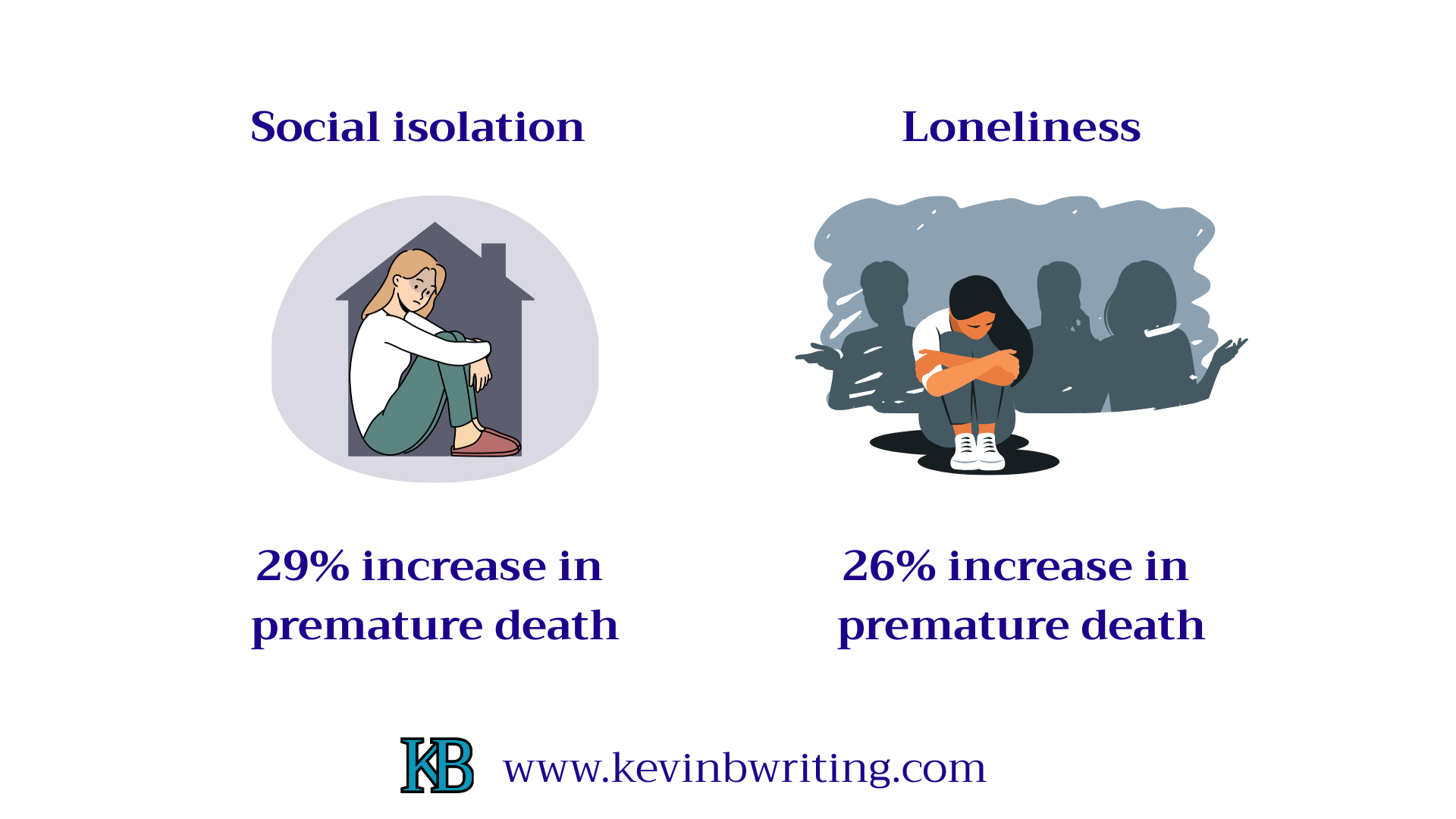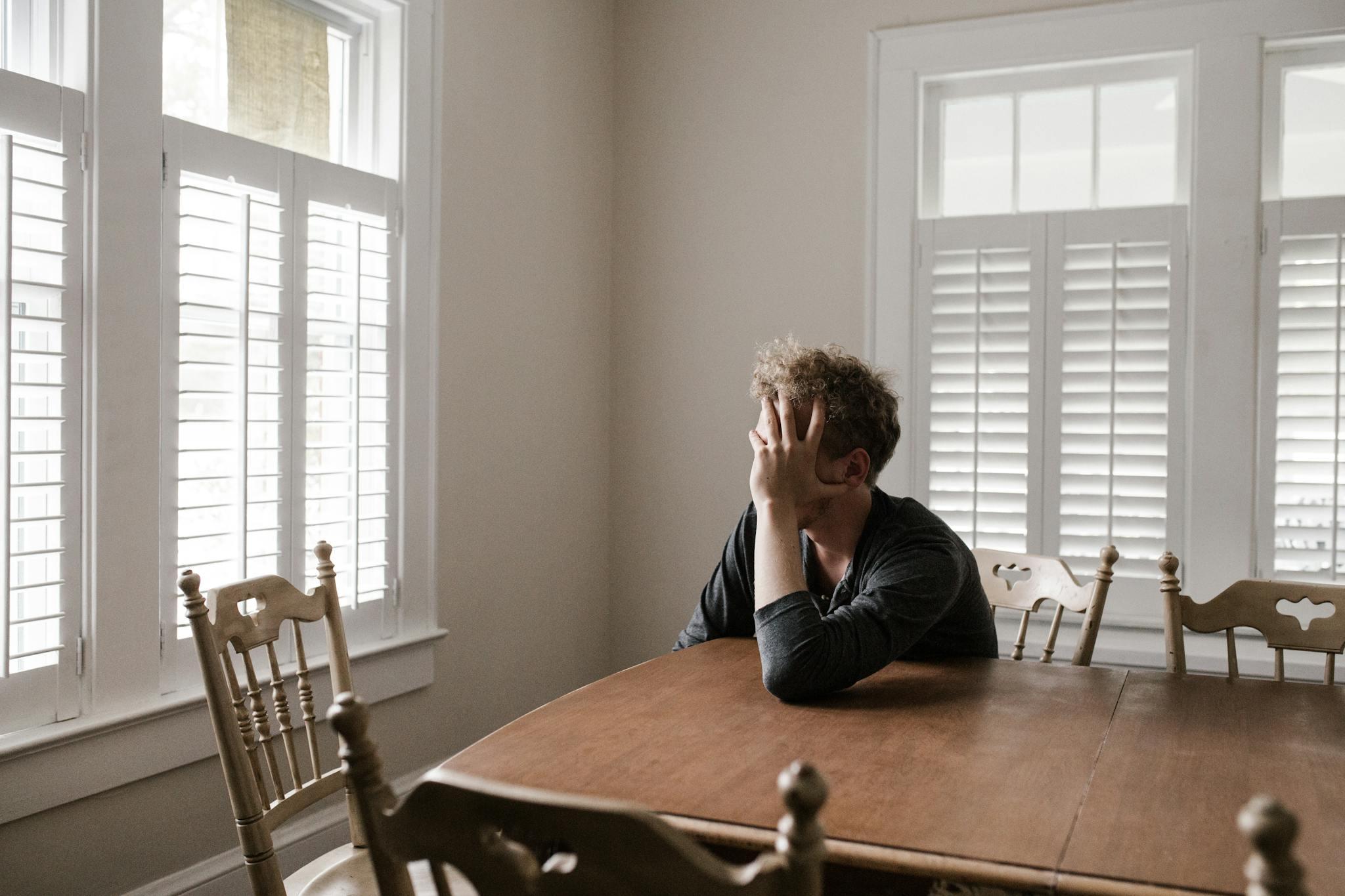Therapists: Social Isolation is Destroying Your Clients
The isolated are alone, detached, and living without connections. They may be lonely or depressed or go months without talking. Therapy can help, but no means guarantees a solution, leading millions of people to suffer prolonged instability.
Social isolation, once considered trivial, received heightened attention following the COVID-19 pandemic. According to The World Health Organization, 1 in 6 people worldwide are experiencing loneliness, with 17-21% of young adults affected. Though people who are lonely aren’t necessarily isolated and vice versa, the fact that lonely people are often isolated can’t be ignored.
Social isolation is now a deadly epidemic, one requiring therapists’ attention. Traumatic experiences play a role, causing depression and anger that create barriers to communication. Without intervention, the isolation leads to prolonged instability. An immediate reaction is needed by therapists and their organizations.
What is social isolation?
Social isolation refers to the state of having little to no social contact or support. It’s different than loneliness which refers to the subjective feeling of being alone or disconnected. People who are socially isolated may not even feel lonely but still have no one to turn to for support or interaction.
The isolated rarely appear that way—you couldn’t tell by looking at them. When seen, they are without friends or companionship. They appear to go through life alone without assistance. They may spend extended periods at home, going many weeks or months without contact. They may be older adults, homeless, have mental health issues, or be inhabitants of rural areas.
Social isolation can worsen or cause depression. It may cause intense feelings of loneliness or lead to physical decline. Social isolation can also cause cognitive issues, as lack of interaction has a negative impact on how the brain works. Finally, social isolation and loneliness create an increased risk for premature death—a 29% and 26% increase, respectively, according to a meta-analytic review.

A deadly cycle
The socially isolated start off at a point where they can easily be helped, but after many months or years, the effects become devastating. What begins as a lack of support leads to long-term psychological issues as the detachment continues.
Depression is experienced first, followed by desperation, which leads to self-destructive behaviors. Substance abuse becomes a risk and a means of coping with isolation. Due to anger or resentment, the isolated may lash out when support is available, or avoid people who reach out, perpetuating their isolation. Avoidance and hostility create a vicious cycle—one where the individual inadvertently contributes to their isolation. Being trapped in this cycle may lead to suicidal thoughts—or acts of self-harm. The problem, clearly, is dangerous.
Therapy isn't helping
Therapy presents an opportunity for people to change in ways that would end their social isolation. For example, a therapist may help a client improve their self-esteem or learn to put themselves in situations where there are more people.
But some clients have circumstances that render treatment ineffective, such as when they’re widely disliked or unpopular or being targeted by the community. In these cases, therapy may not change anything for the better. The client’s only hope is to relocate and make connections elsewhere.
What therapists can do
Therapists can do more to help their socially isolated clients. Therapy may be the only remaining hope, as people who are isolated have no meaningful relationships and may even have people working against them.
Helping a person who is socially isolated may lead to significant transformation, long-term growth, and improved mood and well-being. Therapists can consider any of the following suggestions:
- Help clients brainstorm activities to do around other people
- Help clients develop strategies for improving social skills
- Help clients reduce anxiety surrounding public transportation or rideshare options
- Help clients explore ways to strengthen or rebuild past relationships
- Direct clients to approved resources for reducing or coping with loneliness
Despite the benefits, challenges remain. The person in therapy may struggle with low self-esteem, which makes finding social connections more of a challenge. Here, a guided approach becomes essential. The isolated person will need structure to overcome the problem.
A growing epidemic
Social isolation is a far worse problem than the public believes. The isolated are trapped with a lower quality of life and face increased health risks that people who are not isolated don’t worry about.
Therapists can help people address the underlying causes of isolation and take a major step in tackling a problem that is tearing apart the core of society. Once progress is made, the improvements become evident. No one in a community will be truly alone.
Kevin Brown is a mental health writer and the editor of The Therapy World Blog.


0 Comments Add a Comment?